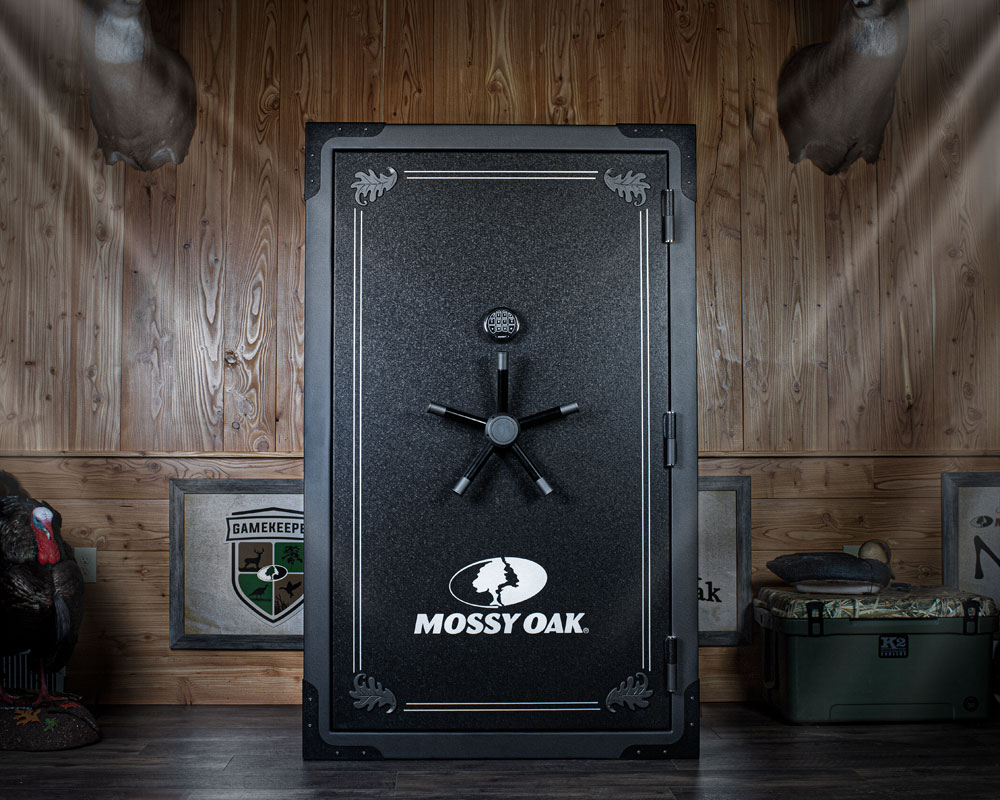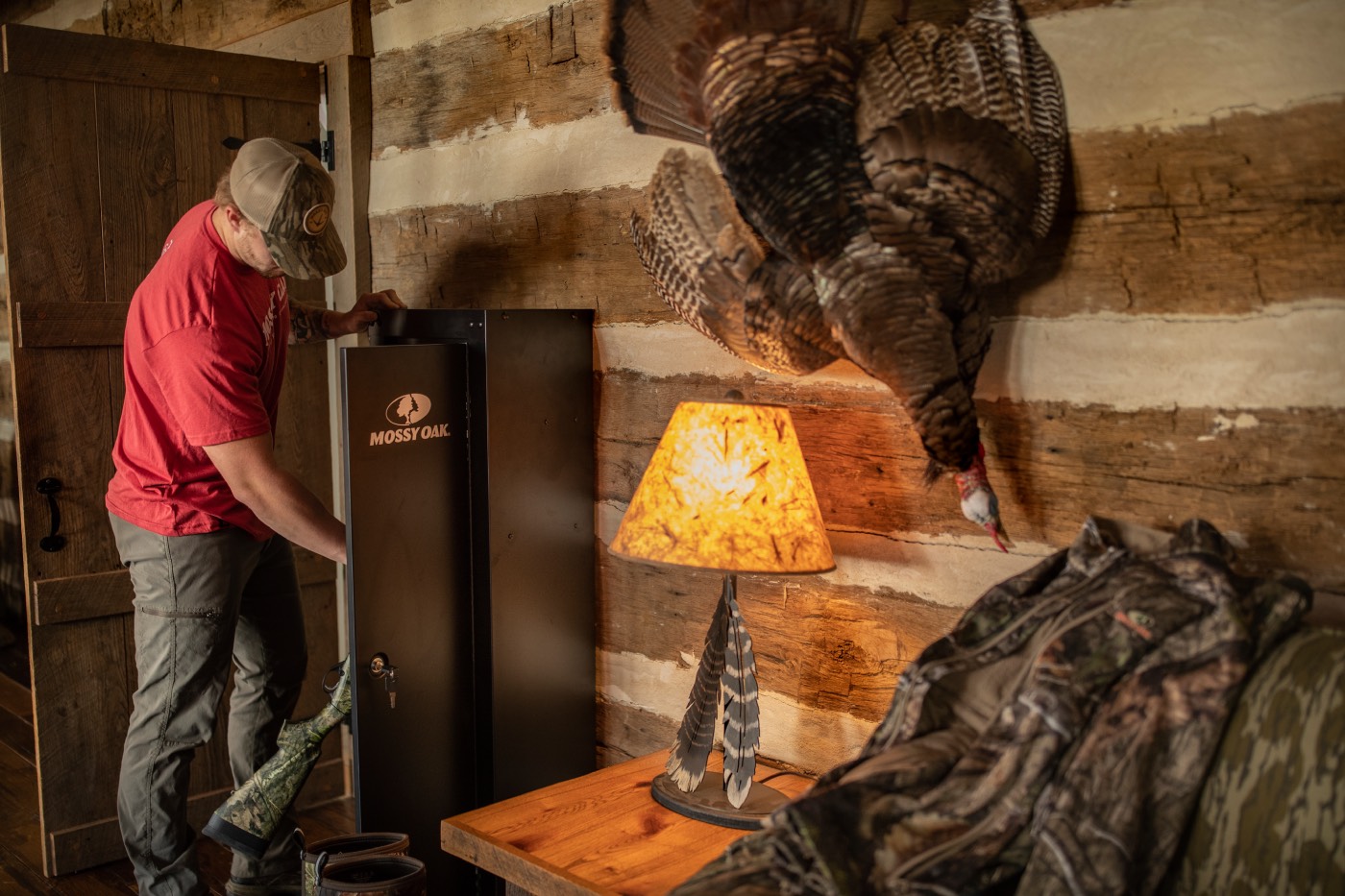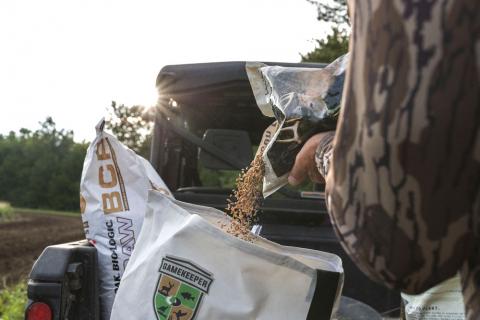
Gun safes, and safes in general, have many different features and applications, depending on who is using them and what the user is seeking to protect. Several criteria are used to assess a safe’s ability to perform against several different scenarios and measures. Knowing which criteria to consider helps users select the right safe for their situation. Don’t think that if you’ve seen one safe, you’ve seen them all. There are important criteria to consider when selecting the best safe to buy, including:
- The safe’s fire-resistance rating
- The safe’s ability to prevent water damage
- The safe’s ability to prevent theft or break-in
- How easy the safe is to install
- The quality of the safe’s warranty and the manufacturer’s service reputation
- How much room the safe has
- How well the safe’s design maximizes storage
- How easy the safe’s items are to access
The following questions and topics break down how to make the best decision when investing in the item that is designed to protect your most precious personal belongings safely and soundly.
What to Look for When Buying a Safe
When buying a safe, think about what you want out of a safe. Most people buy safes to protect personal belongings that have a high monetary or sentimental value.
The first criteria to consider when buying a safe is the safe’s fire rating. Make sure that the safe you choose has enough fire-resistant material in the top, sides and door to prevent the internal temperatures from rising too quick during a house fire.
Secondly, consider the safe’s security rating. A safe containing a UL-listed lock, a drill-resistant exterior with a thick gauge of steel and a high quantity of locking bolts are essential features to maximize security.
When buying a safe, consider the quality of the warranty that comes with the safe and the amount of service that can be provided by the seller or the safe manufacturer to resolve any important needs after the purchase.
How are Safes Rated?
Safes are rated based on three different rating categories. Those three categories are resistance to fire, resistance to theft, and resistance to smoke and water. When considering the purchase of any safe, especially if you’re a first-time safe buyer, it is very important to pay attention to all three of these criteria, especially resistance to smoke and water, as not all safes are rated for these criteria. However, the Mossy Oak 44-Gun Safe is. The Mossy Oak Gun Safe is available in select Tractor Supply Stores. Click here to see a list of cities and states where the safe is available for purchase.
How Does a Fireproof Safe Work?
Technically, no safes are fireproof. However, some safes are far more superior in their ability to resist smoke, heat and fire than others. The key that leads to a safe being highly resistant to smoke, heat and fire is the quality and thickness of the fireboard incorporated in the walls, ceiling and door of the safe. The longer the exterior of the safe can keep the interior of the safe cool, the higher the safe’s fire- and heat-resistance.
How Does a Waterproof Safe Work?
The waterproofing function of any waterproof safe solely depends on the design, quality and application of the waterproof seal in between the safe’s door and the safe’s frame. When heat or moisture come in contact with the safe’s water seal, the seal is designed to expand, forming an impassable barrier to any water or heat source.
Safe Installation Tips
There are a few safe installation tips to consider when installing or relocating any safe.
Step 1: Get the Right Help
The first step to installing a safe is to seek out ample and strong help. Safes, especially qualitative safes, are relatively heavy and can be awkward to move. It’s very important to not only ask for help but to ask for the right help. When installing a safe, think of people with a fair amount of strength. Having the right people in the right place minimizes the risk of putting anyone into a dangerous situation from the weight or the position of the safe.
Step 2: Plan Out Your Path
When installing a safe, it is imperative to thoroughly plan out the path from where the safe gets unloaded to its final destination. Wise craftsmen always say, “Measure twice, cut once.” When moving a safe, measure twice, move once.
Measure and compensate for every doorway or overhead obstacle the safe has to maneuver through. Compensate for the size of the bodies moving the safe. Also, consider any maneuver or position various movers may need to accommodate to clear an obstacle.
If using a dolly (when applicable), measure the safe’s diagonal length from one corner of the safe’s top to the opposite corner of the safe’s bottom. Then factor for the elevated safe while it’s on the dolly.
Part of planning out your path should be to assess the overall structure of the building you’re placing the safe in. Ascertain that the floors bearing the load of the safe and the safe’s movers are structurally sound and designed to sustain the total load.
Step 3: Bolting Down the Safe
When the safe gets transported to its final destination, position the safe to its final resting place. There are predrilled holes in the bottom of the safe designed for bolting the safe to the floor. Use any marker to mark each of the holes. Move the safe and drill the holes. Install the bolts and any necessary fastening devices to mount the safe in its final destination.
Pictured: Mossy Oak 8 Gun RTA Cabinet, $139.00
These are just a few things to look for when selecting and installing a gun safe. When it comes to protecting your most valuable possessions, don't overlook these important safe features and functions.































